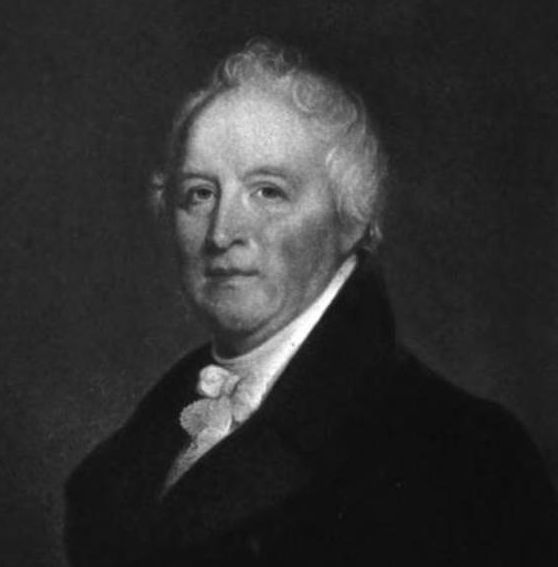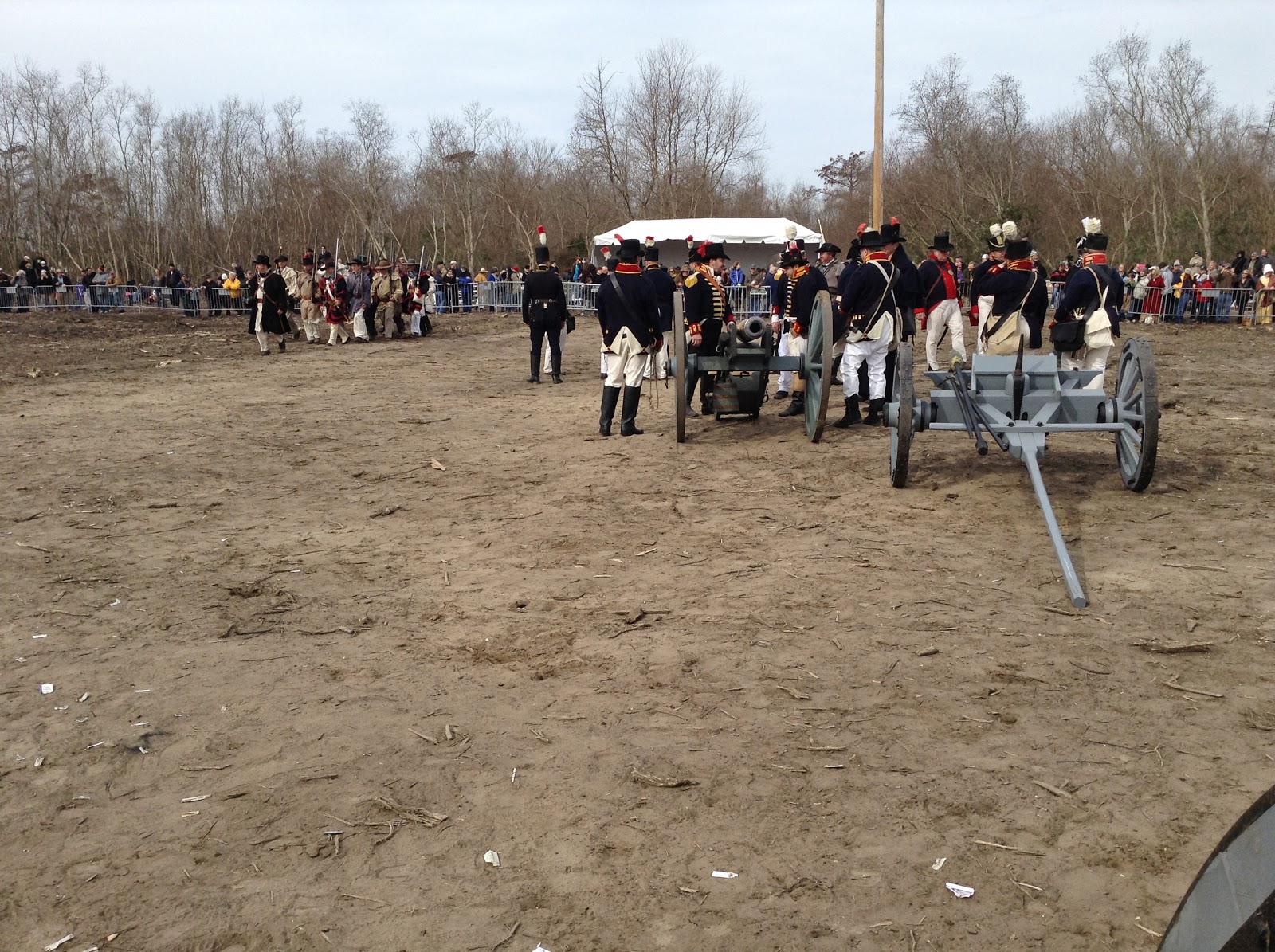This year my family and I were able to participate in a great living history event to honor the 200th anniversary of the Battle of New Orleans (which was fought on January 8th, 1815). We drove south through Nashville (where Andrew Jackson and many of his troops came from) and got to a recreated battlefield after two days on the road. My wife and one-year old son rode with me, and generally had a great time. We met up with other folks from our reenactment group, which recreates Captain Daniel Cushing's Company of the Second United States Regiment of Artillery, who hail from the Toledo, Ohio area.
Now, for those of you who are not familiar with living history events, for a big historical reenactment like this there can be politics at play. Often there are many different groups and organizations seeking to sponsor or host parallel events. New Orleans was no different. The National Park Service maintains the actual battlefield site (or what has not been trimmed off by the Mississippi River Levy and various industrial neighbors), and does not permit "opposing line tacticals", or battles in other words, on its sites. They hosted a living history encampment and invited reenactors to participate in ceremonies and demonstrations during the week, which culminated with events on the actual anniversary of the battle on Thursday.
A different set of non-government groups, led by the Louisiana Living History Association and the Seventh United States Infantry Living History organization, acquired a disused piece of land only a couple miles from the historical battlefield, in the New Orleans suburb of Chalmette. They had only recently cleared the land-- a boggy thicket-- and reconstructed a wood and dirt entrenchment similar to that which Jackson's men would have used. Since it was a private site, they were of course able to have battle reenactments on a suitable scale-- their aim was one sixth of the historical battle.
Our artillery park for the week, consisting (from foreground to back) of an 4-pounder (attached to Plauche's Regiment of Volunteers), our 6-pounder, a 5.5 inch howitzer, and a 4-pounder (attached to the Michigan Legion). God forbid we mix up our caissons!
Two guys from my company, and a set of grenadiers from the local group portraying Plauce's Battalion, New Orleans volunteers.
A better view of the line, with an American colonel and a Grenadier officer conferring.
The view from our embrasure, in the center of the line, was excellent. As the man sponging and ramming the gun, I may have had the best seat on the entire battlefield.
Militia from either Kentucky or Tennessee. A lot of reenacting groups made an effort for a big, uniform turnout with great results.
A less uniform group of militia-- which is alright, since the militia sent to New Orleans were often barely equipped at all by their respective state governments-- and a company of the 7th United States Infantry clad in their late war uniforms. The artillerymen are members of the Michigan Legionary Corps-- like us, they were portraying the US Corps of Artillery for the weekend.
An interesting note: our man on the right, with white lace on his coat, is wearing the 1812 uniform of the 7th US Infantry, while the men from the earlier picture are wearing the 1814 "late war" uniform. There was also a "middle war" uniform variant issued in 1813, which makes recreating a regular Army outfit pretty complicated!
The color guard. Our friends in the Legion have an interesting uniform, which I suspect is based on the prewar coat of the (First) US Regiment of Artillery. The Michigan Legion was formed by Territorial Governor William Hull to help augment his scarecrow regular army garrison. "Legion" in the 1770-1815 era referred to an independant, combined arms corps of variable size. Thus the Michigan Legion included some infantry, a company of horsemen, and a company of artillerists. By the War of 1812, the concept of "legions" had fallen out of practice in both Europe and North America.
Our infantry support.
The line got quite crowded during the action, and the infantry companies used a new method where they lined up by the flank to the parapet, and had each file of men present and fire in turn, then retire to the back of the line to reload.
During the actual battles I was quite busy reloading the cannon and wheeling it back into its embrasure, so photography was out of the question. Here's the infantry marching off the field after repulsing the British army.
More infantry marching off.
A view of our limber and the Michigan Legions' 4-pounder.
Next time, I'll post pictures from the actual battlefield, and some of the recreated entrenchments for comparison.
























